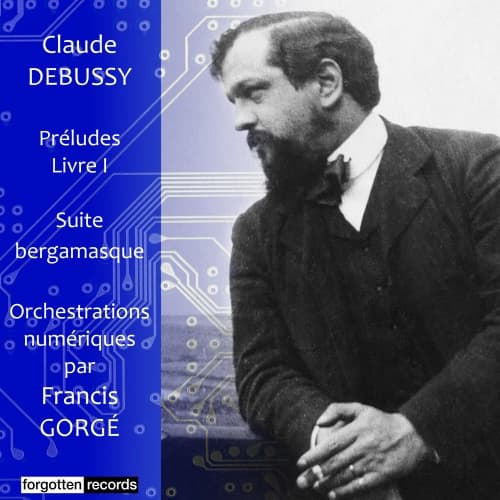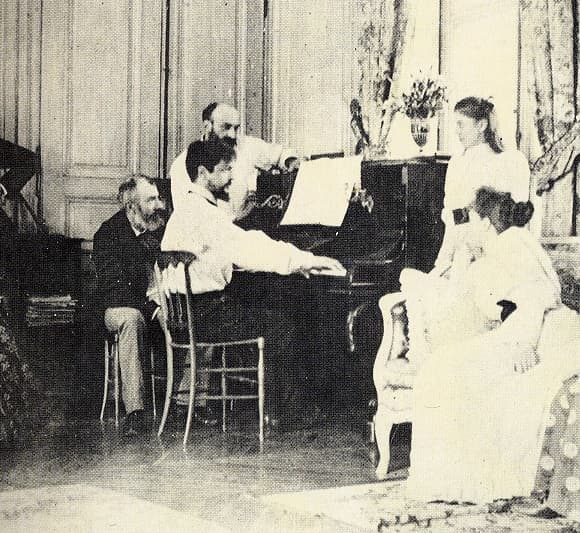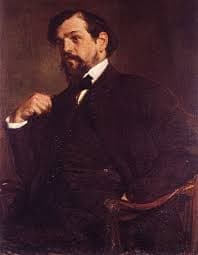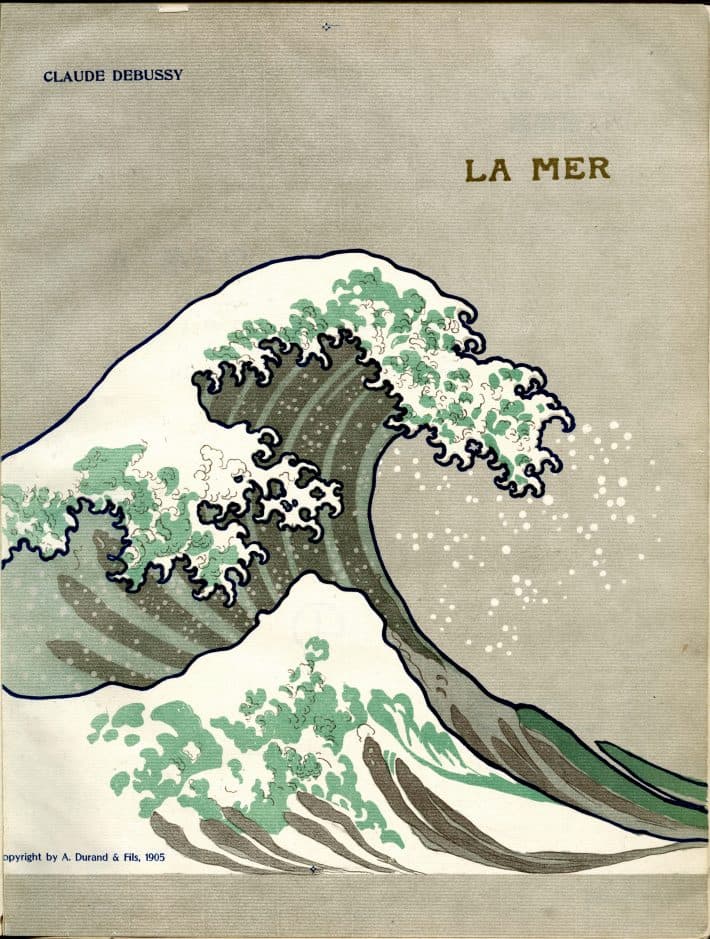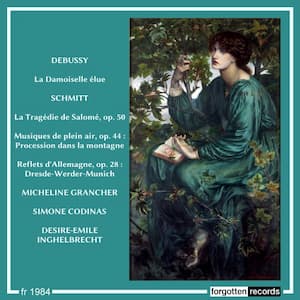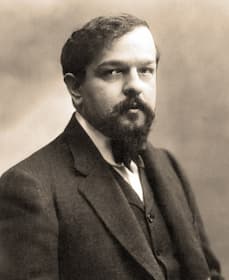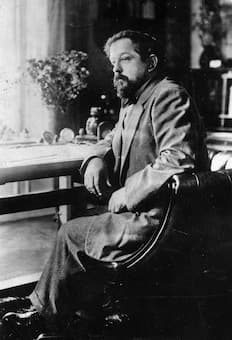We interviewed digital performer and arranger Francis Gorgé in February 2022 and now look at this recording as our Music of the Week. In Debussy’s Préludes, Book I, the second piece has the title Voiles, which can be translated as
Debussy
Let’s continue to look at Debussy’s relationships with his fellow artists and musicians. The Scottish operatic soprano Mary Garden wrote, “I honestly don’t know if Debussy ever loved anybody really. He loved his music – and perhaps himself. I think
For a good many of his contemporaries, Claude Debussy was considered unsociable and reserved. Some writers even describe him as having “little strength of character.” To be sure, he frequently distanced himself from most musicians and tended to mingle with
Claude Debussy writes, “I love music passionately. And because I love it, I try to free it from barren traditions that stifle it. It is a free art gushing forth, an open-air art boundless as the elements, the wind, the
For students at the Paris Conservatoire, winning the Prix de Rome meant following a tradition that had been established in 1663 during the reign of Louis XIV of France. The prize meant receiving a stipend that would cover 3 to
Claude Debussy once told a journalist in Vienna, “See how they are mistaken. Some think I am a melancholy northerner, other that I am from the south, from Provence, the country of Daudet—tireli, tirela! Well, I am just a native
As German troops bombarded the city of Paris, Claude Debussy died in 25 March 1918. The chaotic situation did no permit a public funeral, but a lonely funeral cortège nevertheless made its way through deserted streets, passing the Tuileries, and
We think of Debussy as the composer of the dreamworld sound of impressionism. He was an active follower of the symbolist movement, which rejected naturalism, realism, and clear-cut forms in favour of the indefinite and the mysterious. The symbolist poets

